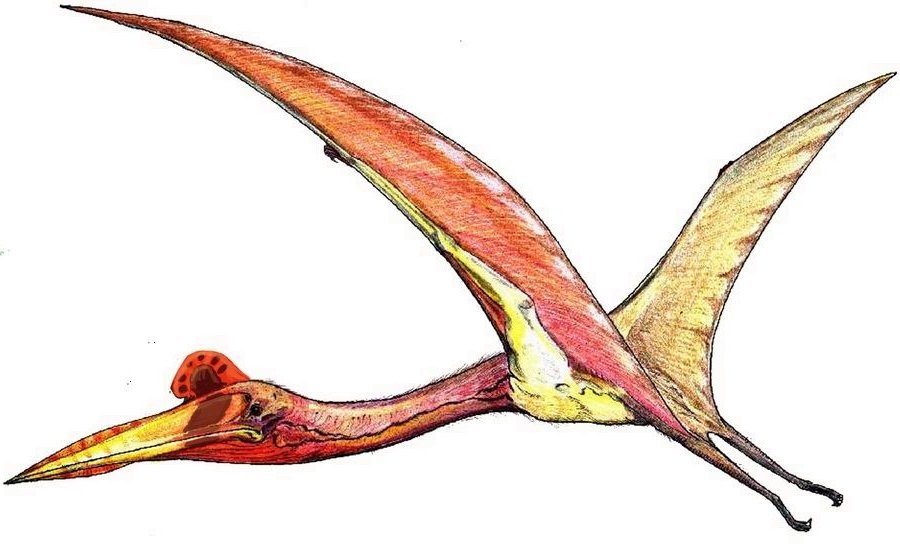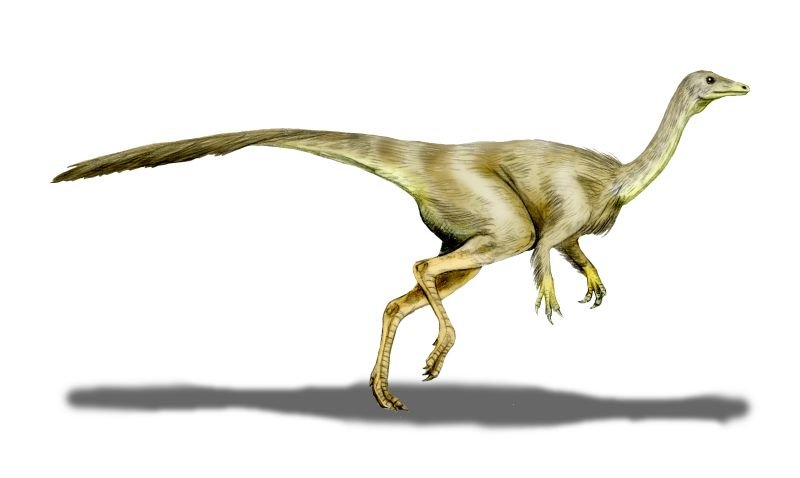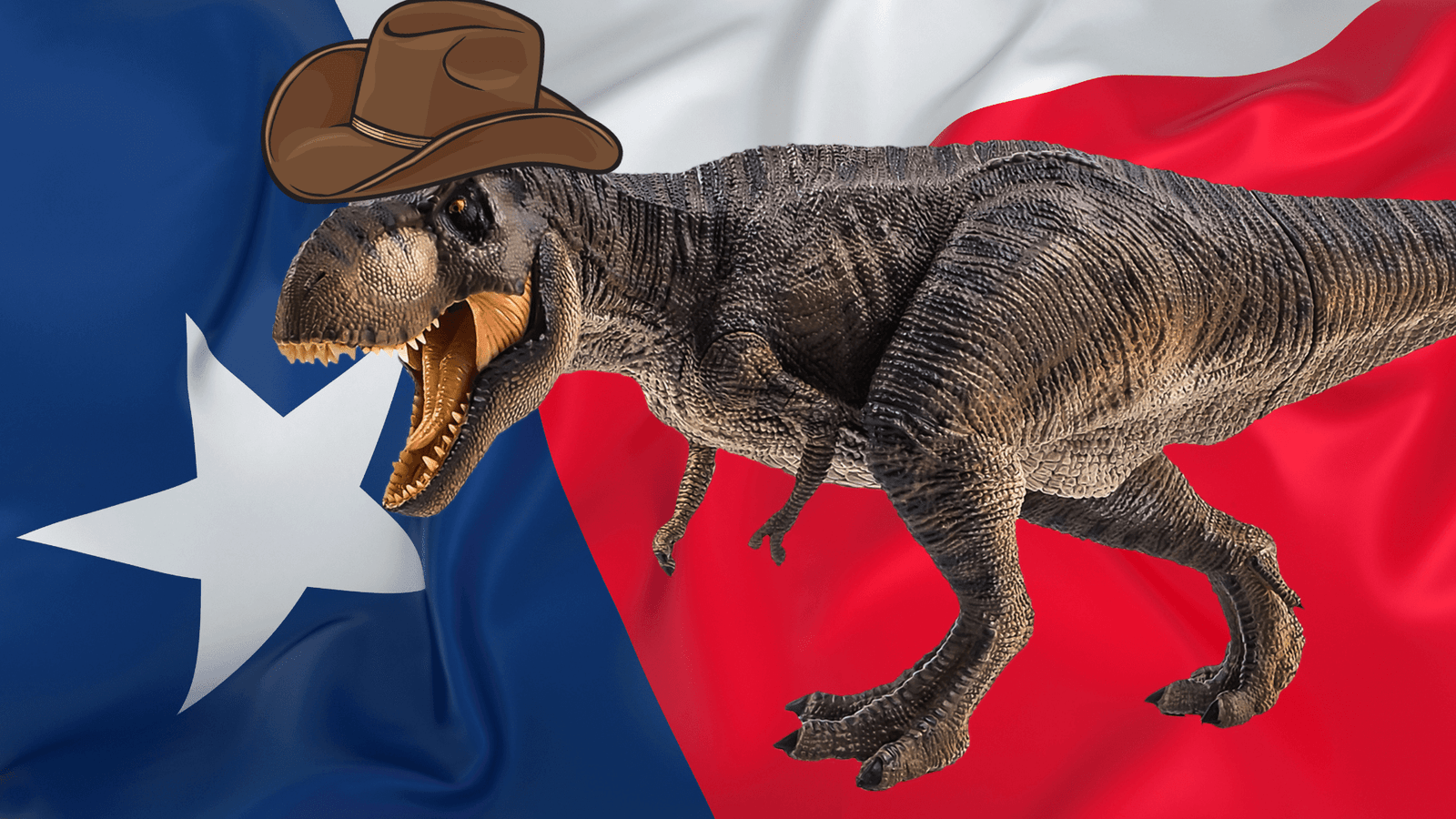Texas, a land of sprawling plains and rugged landscapes, holds a treasure trove of prehistoric secrets buried beneath its surface. From the vast expanse of the Panhandle to the arid deserts of West Texas, the Lone Star State has long been a prime location for paleontologists to unearth the fascinating history of dinosaur discovery.
The story of dinosaur discovery in Texas traces back to the 19th century when early explorers, settlers, and fossil hunters began stumbling upon strange and enormous bones scattered across the region.
The vastness of the state provided ample opportunities for chance discoveries, but it was not until the late 1800s that organized scientific excavations took place.
One of the pioneering figures in Texas paleontology was Edward Drinker Cope, a prominent paleontologist from the East Coast.
Cope led several expeditions to Texas during the late 1800s, unearthing fossils of prehistoric creatures, including dinosaurs.
Unfortunately, the rivalry between Cope and fellow paleontologist Othniel Charles Marsh, known as the “Bone Wars,” often overshadowed the scientific significance of their discoveries in Texas.
The early 20th century witnessed significant advances in dinosaur discoveries across Texas. During this period, several remarkable findings captured the attention of the scientific community and the general public alike.
Tyrannosaurus Rex
One of the most famous dinosaurs of all time, the mighty Tyrannosaurus Rex has been found in Texas. This fearsome predator lived during the Late Cretaceous period 66 million years ago. It was unstoppable. Until it got crushed by an asteroid.

Tyrannosaurus Rex © N. Tamura BY-SA 4
Torosaurus

Torosaurus © N. Tamura BY-SA 4
An iconic dinosaur with three facial horns and frill, Torosaurus lived during the same period and is known from fossil evidence found in Texas. Torosaurus and Triceratops might be the same animal.
Quetzalcoatlus

Quetzalcoatlus © N. Tamura BY-SA 4
Although not a dinosaur, one of the largest flying animals of all time with a wing span of 10 meters, Quetzalcoatlus was a pterosaur that soared over the skies of ancient Texas 66 million years ago.
Edmontosaurus

Edmontosaurus © N. Tamura BY-SA 4
A duck-billed dinosaur, Edmontosaurus has been identified in Texas and lived 73 million years ago.
Brachiosaurus

Brachiosaurus © N. Tamura BY-SA 4
In the 1940s, a team of paleontologists from the University of Texas discovered the remains of Brachiosaurus in the Big Bend National Park. This enormous dinosaur, characterized by its long neck and relatively short tail, added to the growing list of dinosaur species identified in Texas and lived 150 million years ago.
Acrocanthosaurus

Acrocanthosaurus © N. Tamura BY-SA 4
During the 1980s, an almost complete skeleton of Acrocanthosaurus, a fearsome carnivore, was unearthed in North Texas. This discovery provided valuable insights into the predatory habits and anatomy of this remarkable creature.
Tenontosaurus

Tenontosaurus © N. Tamura BY-SA 4
A herbivorous dinosaur that preyed on ferns and cycads, while it was preyed upon by Acrocanthosaurus lived during the Early Cretaceous period, 110 million years ago.
Alamosaurus

Alamosaurus © N. Tamura BY-SA 4
Perhaps one of the most significant discoveries in Texas paleontology was the finding of the long-necked dinosaur Alamosaurus in West Texas. Alamosaurus, one of the last surviving sauropods, and is with a length of 30 meters considered one of the largest land animals to have ever walked the Earth.
Sauroposeidon

Sauroposeidon © N. Tamura BY-SA 4
In the late 1990s, scientists identified the remains of Sauroposeidon, another massive sauropod dinosaur, in North-Central Texas. Sauroposeidon is thought to have been one of the tallest dinosaurs ever discovered, standing over 18 meters tall and weighing around 60 tons.
Coelophysis

Coelophysis © N. Tamura BY-SA 4
A small, slender theropod dinosaur that lived 228 million years ago, during the Late Triassic period. It’s one of the oldest known dinosaurs.
Deinonychus

Deinonychus © N. Tamura BY-SA 4
A fearsome feathered predator with sickle-shaped claws, Deinonychus lived during the Early Cretaceous period 110 million years ago. It belongs to the Dromaeosaurids, often called raptors.
Ornithomimus

Struthiomimus © N. Tamura BY-SA 4
A fast and agile dinosaur similar to an ostrich, it lived during the Late Cretaceous period 70 million years ago. It was probably one of the fastest dinosaurs.
Iguanodon
Iguanodon is a genus of herbivorous dinosaurs that lived during the Early Cretaceous period, approximately 125 to 126 million years ago. It was a large bipedal dinosaur known for its distinctive thumb spikes and beak-like mouth and is considered one of the first dinosaurs to be scientifically recognized.
Dimetrodon

Dimetrodon © N. Tamura BY-SA 4
An early synapsid, not a dinosaur but a distant relative, known for its sail-like structure on its back. Dimetrodon lived during the Permian period, 30 million years before the first dinosaurs appeared.
The abundance of dinosaur fossils and tracks found in Texas has made it a paleontological wonderland and a prime destination for dinosaur enthusiasts and tourists from around the world. Museums and educational centers dedicated to paleontology have sprung up, showcasing these incredible discoveries and promoting scientific curiosity among visitors of all ages.


